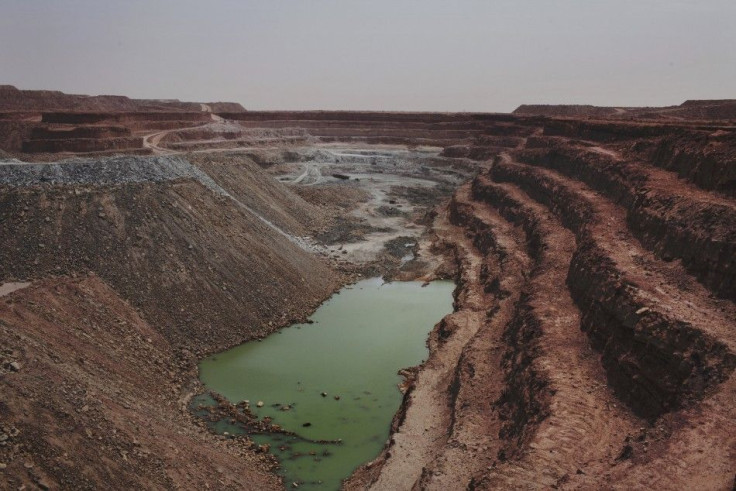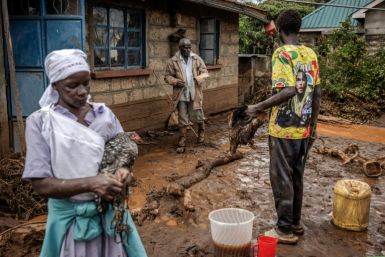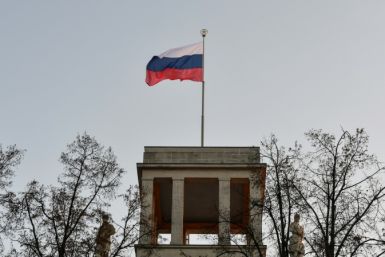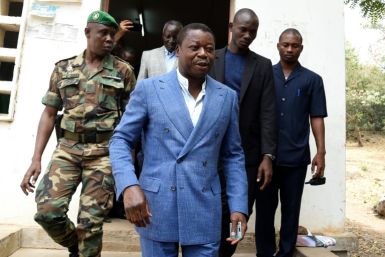Iran Says No Deal Agreed To Ship Uranium To Russia, North Korea Has New Plant Capable Of Building Weapons-Grade Uranium

Iran has flatly rejected reports it has agreed to ship out some of its uranium to Russia. North Korea, meantime, has a new plant that could enable its capacity to produce double the number of fuel for atomic bombs.
In a report on Monday, the New York Times claimed that Tehran "has tentatively agreed to ship much of its huge stockpile of uranium to Russia if it reaches a broader nuclear deal with the West," citing officials and diplomats involved in the negotiations. Under the agreement, the uranium would be converted by Russia into specialized fuel rods for Iran's Bushehr Nuclear Power Plant, the paper further claimed. It said Iran signed the comprehensive nuclear deal with the P5+1 group of world powers.
Marzieh Afkham, Iranian Foreign Ministry spokeswoman, quoted by the official IRNA news agency, said the speculations and rumours being "spread by foreign media" are not true. She added they are just being propagated for "political ends" since Iran is set to hold another round of sensitive nuclear talks with the Group 5+1, the United States, France, Britain, Russia, China and Germany, on Nov 11 in Muscat of Oman.
Iran and the P5+1 are finalizing talks on a deal which targets to end the longstanding standoff over the Islamic Republic's nuclear energy program. The target date for complete has been set to be before November 24.
The stumbling block derailing the resolution of the dispute is Iran's stance that all sanctions should be first and entirely lifted before it signs the deal. Washington, as expected, remained firm that UN-imposed sanctions against Tehran should remain in place.
Meanwhile, North Korea has a new plant capable of producing highly enriched uranium to make fuel for atomic bombs. A report by Korean paper JoongAng Ilbo, citing an unidentified senior South Korean official, said the newly built facility is about 120 metres long and 15 metres wide. The official estimated it is equipped with about 2,000 centrifuges, as with its old uranium plant which is just right next to it.
"If the North operates all 4,000 centrifuges year-round, it can produce about 80 kilograms [176 pounds] of highly enriched uranium annually," JoongAng Ilbo quoted an unidentified nuclear engineer. "That is enough to build four to five nuclear bombs."
Lee Choon-geun, a research fellow at the Science and Technology Policy Institute, said warheads made with highly enriched uranium usually "less powerful than plutonium-based bombs. However, these are "easier to build and can be built without a nuclear test." North Korea has conducted three nuclear tests since it admitted the existence of its uranium-based program in 2002.






